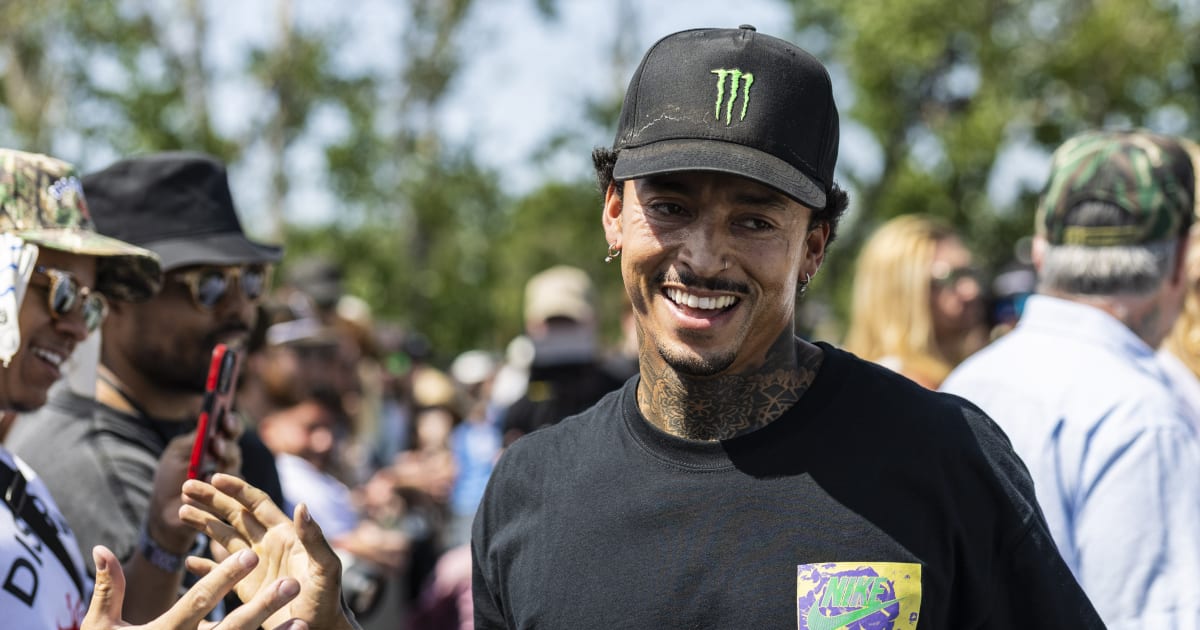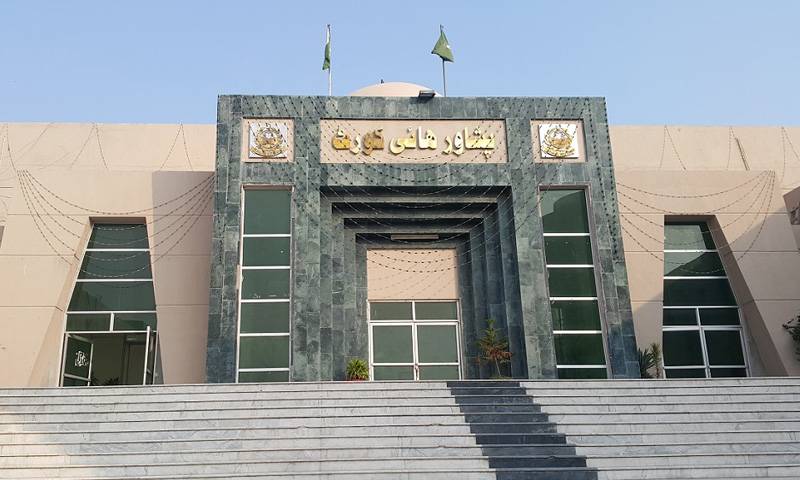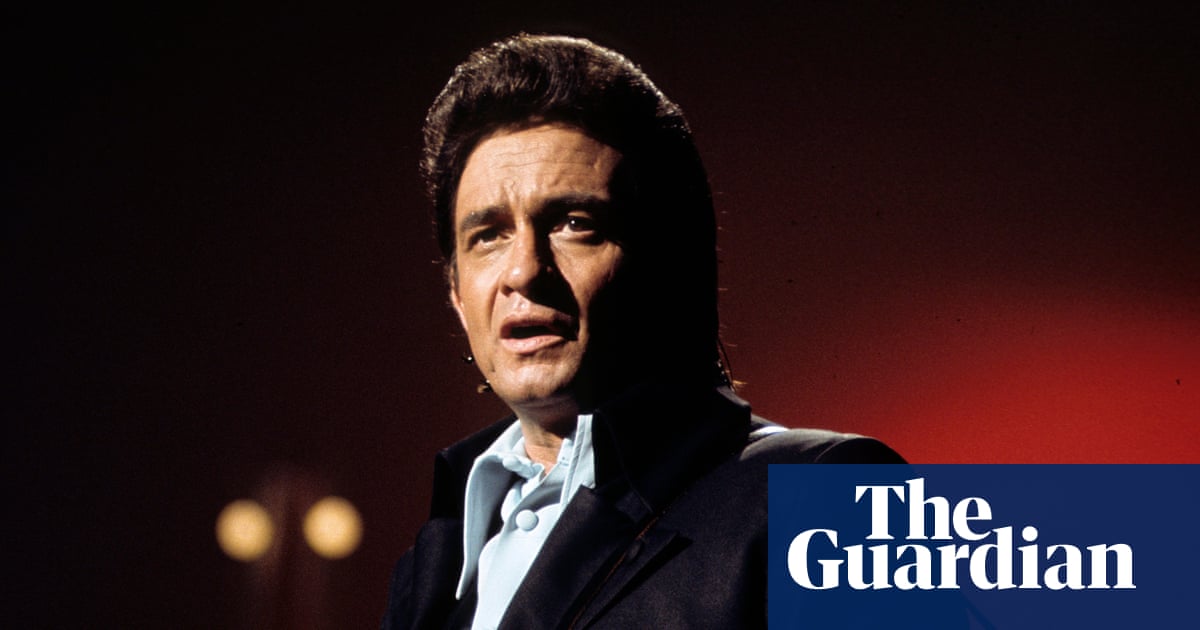Kang Jani of the Republic of Korea led all men’s qualifiers at skateboarding’s WST World Cup Kitakyushu Street 2025 in Japan on Thursday (27 November).
The 17-year-old Jani topped a field of 91 male skaters with a second run of 54.37 to pave…

Kang Jani of the Republic of Korea led all men’s qualifiers at skateboarding’s WST World Cup Kitakyushu Street 2025 in Japan on Thursday (27 November).
The 17-year-old Jani topped a field of 91 male skaters with a second run of 54.37 to pave…

The Peshawar High Court (PHC) has barred political meetings, processions, and all unrelated gatherings within the premises of government and educational institutions, ruling that such activities undermine the purpose and sanctity of public…

The estate of Johnny Cash is suing Coca-Cola for illegally hiring a tribute act to impersonate the late US country singer in an advertisement that plays between college football games.
The case has been filed under the Elvis Act of Tennessee, made…

The best Black Friday Garmin deals at a glance:
…

F1’s final triple-header sequence of 2025 continues with the Qatar Grand Prix night race. Need to Know is your all-in-one guide for the weekend through various statistics, driving pointers, strategy tips and more.
With the Sprint format in play…

Nurses and other health professionals must be aware of the risk of high blood pressure in patients with chronic pain, according to researchers.
Adults living with chronic pain may face a higher risk of developing high blood…

Uranus, the seventh planet in our solar system, is often mocked for its name. However, did you know that this was the first name it got? In fact, its initial name was deemed even more controversial. Uranus was discovered in 1781 by the…